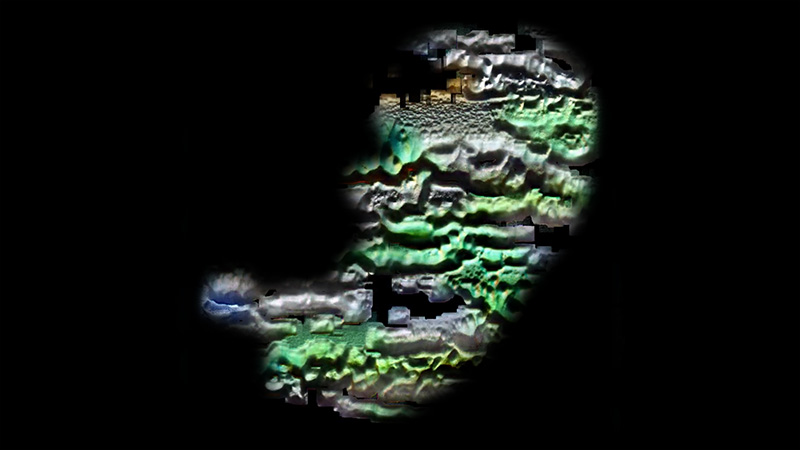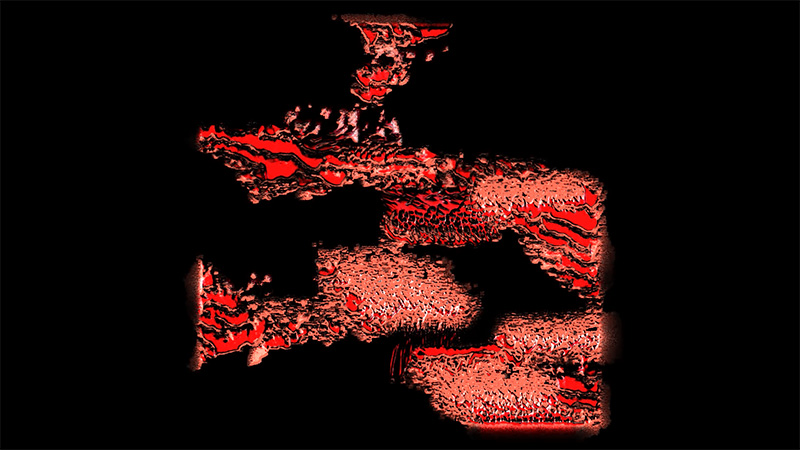The Latent Force of Living Form
In his seminal paper on morphogenesis,
Alan Turing proposed that complex patterns in biological forms arise from the interplay of
shared rules and processes, a concept that has since permeated various fields, from biology to socio-political theory. Turing’s foundational work suggests that the beautiful, intricate
patterns observed in nature — such as the
stripes on a zebra or the spirals of a seashell — are the result of simple rules applied repeatedly across space and time. This principle of emergent complexity has inspired interpretations beyond the biological, influencing how we understand the development of social structures and power dynamics.
Margaret Archer, a prominent sociologist,
applies Turing’s ideas to the emergence of social structures, emphasizing how individual actions within shared constraints lead to the complex
systems that govern societies.
Similarly, philosopher Gilles Deleuze suggests that the process of morphogenesis — the
emergence and evolution of form — reveals not only how entities adapt and evolve but also how they can undergo malignant transformations. In this context, morphogenesis becomes a metaphor for the unpredictable and sometimes destructive evolution of social and political systems.


The Latent Force of Living Form explores these analogies through the lens of neural cellular automata, a computational model of morphogenesis. The simulation is trained on a dataset of images depicting both healthy and cancerous human tissue, augmented by visual motifs representative of the structures of power that govern modern human life. These motifs include images from various domains — such as cartography, writing, and mineral extraction — that symbolize the forces shaping our world.
In this artwork, each pixel on the screen corresponds to a cell that holds a multidimensional chemical state. The neural cellular automata model learns a set of rules that orchestrate the evolution of these states, leading to a self-organizing phenomenon that reproduces the complexity of the original images. As the simulation unfolds, patterns emerge on the visual plane that reflect the intricate dynamics and latent transformations occurring beneath the surface. These visual patterns, while abstract, highlight the conceptual parallels between biological processes and socio-political ones, inviting us to reflect on the relentless drive for survival and adaptation of these — a drive that can lead to both the emergence and the destruction of the systems that shape our world.
